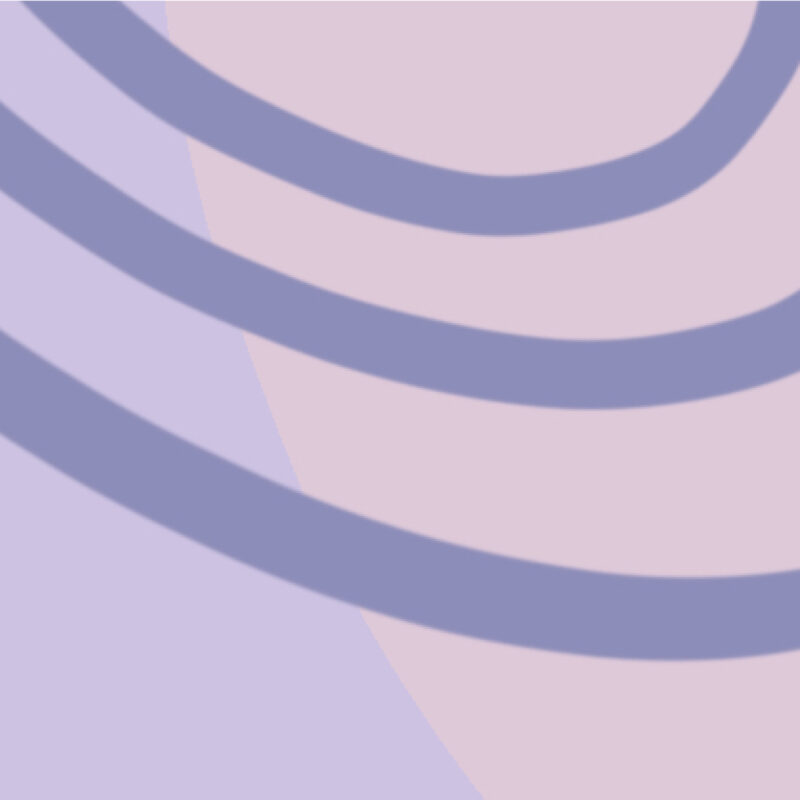The Mirena Coil: Your FAQ
Want to know more about the hormonal coil? Dr Clair Crockett, GP, menopause specialist and trained coil fitter answers your questions
Will a Mirena coil help PMS?
While the Mirena coil is recommended as a treatment for heavy or painful periods as it usually makes them lighter or shorter, and can stop ovulation in some women, it does not usually help premenstrual syndrome (PMS) symptoms. However, a few women may find that it lessens their PMS symptoms by stopping ovulation. In some women, the Mirena can cause some PMS symptoms, particularly in those who are progestogen intolerant.
RELATED: All about progesterone: PMS, PMDD, postnatal depression and menopause
Will a Mirena coil stop my periods?
According to the manufacturer of the Mirena, about two out of 10 women stop having periods after one year of Mirena use. Most women find that their periods and any bleeding stops after 3-6 months of having the Mirena inserted.
Can a Mirena cause weight gain?
There is no evidence that an intrauterine system (IUS) can cause weight gain, although some women have reported that they have gained weight after having it inserted. The Mirena is commonly used during perimenopause and menopause, a time where weight gain can be experienced, so it can be difficult to confidently pinpoint causes.
RELATED: Will HRT make me gain weight?
Can a Mirena cause hot flushes?
Hot flushes during perimenopause and menopause are caused by fluctuating hormone levels. The Mirena slowly releases a low dose of progestogen, which acts locally on the womb, meaning it doesn’t usually cause or help hot flushes.
Can a Mirena cause headaches?
Headaches are one of the more common side effects of the Mirena coil but they usually settle within the first few months of the Mirena being inserted.
RELATED: Headaches and the menopause: what’s the link?
Is the Mirena HRT?
The Mirena coil is the progestogen part of HRT. Usually, most women are prescribed oestrogen to help manage their perimenopause or menopause symptoms, and progesterone if they still have a womb, and sometimes testosterone. Some women take progesterone in addition to having a Mirena coil in as the progesterone works all around the body.
Where does a Mirena coil sit?
The Mirena coil is inserted through the cervix so that it lies inside the womb (uterus).
Where is a Mirena fitted?
In the UK, you can usually get a Mirena coil fitted at your GP surgery, sexual health clinic or menopause clinic. Newson Health offers a coil-fitting service by healthcare professionals who have been specially trained to fit coils.
When does a Mirena coil start working?
If you are using a Mirena for contraception, it will be effective seven days after insertion (use alternative contraception before then). If you are using a Mirena coil for endometrial protection as a part of your HRT, then it will be effective immediately. It can take 3-6 months before you see your bleeding pattern stabilise and for periods to lessen or stop.
Can I get pregnant on the Mirena coil?
The Mirena coil is a highly effective form of contraception – over 99% effective [1].
RELATED: Contraception during the menopause and perimenopause
Can the Mirena coil move?
It’s not common for the Mirena to move out of position but it is possible and this usually occurs within the first few months after insertion.
Should I choose a Mirena coil or copper coil?
The Mirena is an intrauterine system (IUS), made of plastic, while the copper coil, known as an intrauterine device (IUD), is made of copper and plastic.
The Mirena can be used to treat heavy or painful periods, as a contraception, and as the progestogen part of HRT. In contrast, the copper coil (IUD) does not contain any hormones so cannot be used to protect the lining of your womb as part of HRT and it does not lead to periods reducing or stopping. The IUD is an effective contraception that can last up to 10 years.
RELATED: The Mirena coil: everything you need to know
Will I be prescribed the Mirena coil or Utrogestan?
All HRT is highly individualised so this will depend on your particular circumstances and needs.
Utrogestan is body identical, meaning it’s identical in structure to the natural progesterone hormone produced by your ovaries, brain and other organs. It is derived from the yam root vegetable or soy. As it is systemic, it is absorbed by your whole body where it can reduce inflammation, relax muscles and have other positive effects. Some women who have a progesterone intolerance or sensitivity may prefer to take Utrogestan as, by being body identical, it’s less likely to cause a negative reaction. Utrogestan is not licensed as a contraception.
While the Mirena coil is a synthetic progestogen, it is a much lower dose than tablet versions of progestogen and usually just works locally on the lining of the womb so has more localised effects. It has the added benefits of offering an effective contraception and of reducing or stopping heavy, painful periods.
RELATED: Utrogestan (micronised progesterone) explained
How do I get a Mirena coil removed?
The healthcare provider who inserted your coil can remove it. Removal is usually very quick and painless – your healthcare provider will pull on the strings and may ask you to cough to help ease the coil out.
It is not advisable to remove the coil yourself – this can be difficult and it is important that you have appropriate advice and an opportunity to discuss the pros and cons of removal for your individual circumstances.
Can the Mirena coil affect my skin?
Just like with the birth control pill, hormonal acne is a known side effect of the Mirena coil – both for those who have and haven’t previously experienced it. This is because the increase in progestogen can increase the levels of androgenic hormones, which can cause acne. Breakouts usually occur a couple of months after insertion and can often ease as the amount of progestogen the Mirena coil is releasing plateaus in months 3-6. Some women find that breakouts do not settle and choose to have their coil removed. Breakouts tend to then resolve once the progestogen from the coil is no longer being released into the body.
RELATED: Skin, hair and nail changes in menopause: a dermatologist’s guide
Can I use Utrogestan if I have a Mirena coil?
Utrogestan has effects beyond protecting the womb lining, which can be beneficial to some women. For example, many women find that it helps improve their sleep or symptoms of anxiety. As the Mirena coil is providing only a localised progestogen, it does not exert these effects. Some women find that taking Utrogestan whilst they have a Mirena coil can be very helpful to improve some symptoms of perimenopause and menopause.
Resources
FSRH Clinical Guideline Intrauterine Contraception
References





